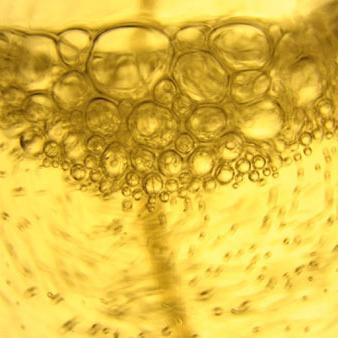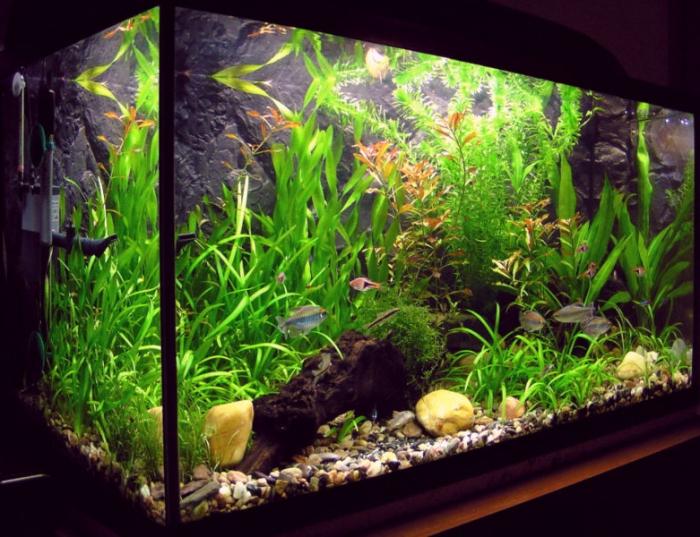Muddy water in the aquarium
With such a problem as the turbidity of water, we had to face everyone - both beginners and real professionals-aquarists.
If you already decided that your hobby will beaquarium, first purchase all necessary equipment. It is not enough to fill the tank with water, fill the ground and populate the fish. You need to install filters, take care of lighting, control temperature, acidity.
Muddy water in the aquarium is a problemwidespread, signaling a failure in the biological equilibrium of the water world. This is the wrong (too abundant) feeding of fish, and a bacterial outbreak, and even the usual replacement of water.
Eliminating the cause usually balances andmuddy water in the aquarium again becomes crystal clear. Ignoring the opacity will affect first of all your fish. Plants can also die. In any case, first you need to find the reason, and then you must act.
So, why is the water in the aquarium cloudy?
1. Running. Bacterial outbreak can be observed at the very beginning. Do not drain the water and fill in a new one. This will lead to a new clouding. Just wait for the balance to be established. Do not hurry to populate fish in a new aquarium. In addition, newly purchased fish should stay for a while in quarantine, i.e. to live separately. Do not transplant all of them into one container - one diseased individual can infect everyone else. Populate fish better after a week of observation. By this time, the water should already be cleansed. Accelerating the process of restoring balance is helped by the addition of liquid from the old aquarium.
2. Overfeeding. Muddy water in the aquarium is the result of overfeeding fish. Uneaten food drops to the bottom and water starts to deteriorate. In addition to reducing the amount of food, it is desirable to populate snails and catfishes in the aquarium, which play the role of nurses and partly help to cope with the problem of turbidity.
3. Poor filtration. If the tank is turbid water, it is worth considering a more powerful cleaning system, especially with a large number of fish. Decay products can poison not only fish, but snails.
4. Flowering of water. In addition to filtering, the reasons for this include incorrect lighting (too bright, dim). Bright lighting provokes the growth of microscopic, invisible to the eye of algae (greenery), and too weak will cause the rotting of algae (water becomes turbid, there is an unpleasant putrefactive smell).
Now let's sum up:
1. If the aquarium is overpopulated, then strengthen the filtration of water and reduce the number of fish.
2. If the food accumulates at the bottom, then we reduce the portions and populate the bottom fish eating the settled food.
3. If the water blossoms, then we darken the aquarium with an oversupply of lighting, or install another, more powerful. In addition, with the excessive growth of plants, snails and algae-eating fish help to cope. It's also worth thinking about filters. Good instruments control the biological balance of the water world.
Some professionals prefer a number of additives,for example, to neutralize chlorine (Chlor-Off), remove harmful substances (Rio Base), and restore the balance exactly when the water in the aquarium is cloudy (CLEAR DASH).
CLEAR DASH glues small particles floating inwater, and weight them, allowing you to filter out a few hours after the application of the drug. The filter is then washed afterwards. The effectiveness of CLEAR DASH depends on how cloudy the water is in the aquarium.
And finally - about changing the water in a home pond.
1. Water can not be changed often.
2. It does not change completely (exception - the presence of infection).
The water in the aquarium varies gradually, in parts (no more than 1/5 in three or four days). Start the change of water can only three months after the start of the aquarium.
Good equipment and proper selection of soil, plants and inhabitants of the water world will allow you to think about changing water not earlier than in 6-8 months.






